
8 minute read
Team wilder
1⁄4 of Europe’s breeding seabirds are found in the UK, with over 8 million birds and 25 species nesting around Britain and Ireland.
ALEXANDER MUSTARD/2020VISION
Common terns, elegant white birds with long tail streamers, a black cap and a bright red, black-tipped bill, are summer visitors to the UK. They nest along the coast and on off shore islands but can also be found on reservoirs and gravel pits across the country, especially where artifi cial ra s have been created for them. It’s a joy to watch them hovering above the water, diving and dipping their beak below the surface to snare a fi sh, before carrying it back to their small, sand-coloured chicks.
The same lakes o en host cacophonous colonies of black-headed gulls, with their pale grey and white plumage and dark brown hood. They can gather in their thousands, creating a spectacle every bit as raucous, restless and impressive as the more celebrated coastal colonies of seabirds. Many of these birds have forsaken the sea entirely, remaining near their inland colonies year-round.
Ocean wanderers
Though some seabirds don’t stray far from their summer breeding grounds, others make incredible journeys. The Arctic tern, who we already know as an impressive parent, makes the longest recorded migration of any animal on the planet. A recent study, using tiny devices that record daylight and allow the bird’s location to be calculated, mapped one intrepid tern’s 59,650-mile return journey from the Farne Islands in Northumberland to the seas around Antarctica. The bird’s meandering route took it around Africa and into the Indian Ocean, then down to Antarctica and across to the Weddell Sea, before returning to the exact same nesting site the following spring. With the potential to live for 30 years, this bird could travel over 1.8 million miles in its lifetime.
Manx shearwaters make their own mammoth migrations each year, crossing both the Atlantic and the equator as they head for wintering grounds off the coast of Argentina and Brazil. Studies on birds from the Welsh islands of Skokholm and Skomer have revealed that they can complete this 6,000-7,000-mile journey in less than a fortnight. Understanding the complex migrations of these globe-spanning seabirds is essential for protecting them. Seabirds across the world are threatened by the introduction of predators to their breeding sites, by being caught up in fi shing gear, and from the eff ects of the climate crisis. Warming seas around the UK are already thought to be responsible for declines in many of our more northerly seabird colonies, as the sand eels that so many species rely on move northwards to cooler waters.
Our seabird cities are amongst our greatest natural treasures, we must look a er them by protecting their nest sites from development and their food sources from overfi shing, and by doing all we can to combat the climate crisis.
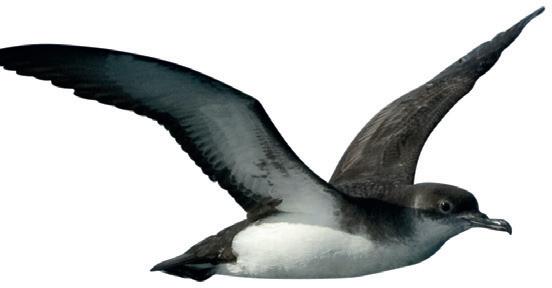
SEE FOR YOURSELF Visit a seabird city
Flamborough Cli s, East Yorkshire
Flamborough Head has one of the most important seabird colonies in
Europe. In summer, the cli s are packed with tens of thousands of breeding birds, including guillemots, gannets, gulls and pu ns.
Portsmouth, Hampshire
Not far from busy Portsmouth you can nd Farlington Marshes Nature
Reserve, home to breeding common terns and black-headed gulls.
Alderney, Channel Islands
Thousands of gannets breed on a series of rocky outcrops called Les Etacs and
Ortac, just o the coast of the mainland.
Discover more at
www.wildlifetrusts.org/seabird-cities

TEAM
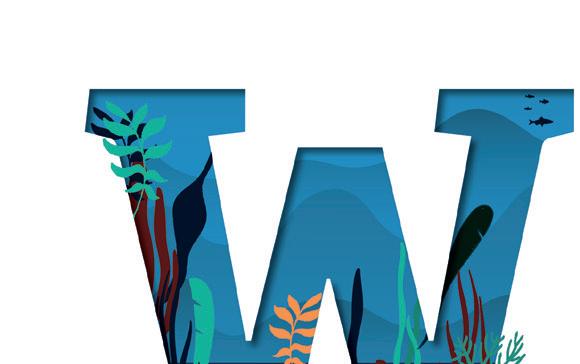
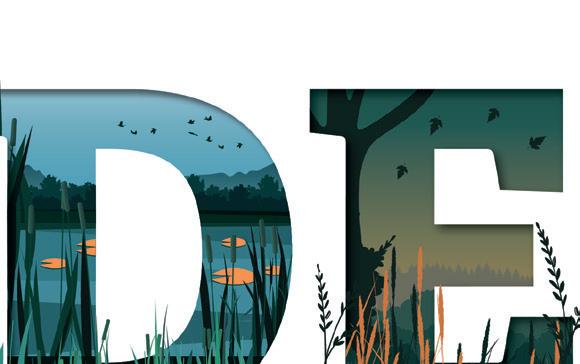
In the fi rst year of Team Wilder we have seen over 600 people taking action and making space for nature in their patch. We have a team of Wilder Champions and Leaders who work closely with us and their communities to inspire more people to join Team Wilder. Find out more about them below and, if you’d like to become a champion or leader, please go to www.hiwwt.org.uk/become-wilder-champion or get in touch with us at wilder@hiwwt.org.uk
Kate – Inspiring People Champion
Creating a better environment for everyone

Kate lives with her family in Northern Hampshire and is helping Team Wilder share Wilder stories. “I joined Team Wilder as I really wanted to do something positive to help my local wildlife and promote biodiversity. I work in PR and Communications and hopefully I can use my skills to raise awareness of all the wilding activities that are happening in our region and inspire others to take part. It’s only by more people taking an active take part. It’s only by more people taking an active interest in the natural world around them that we can create a better environment for everyone to live in - both humans and wildlife!”


Jane – Wilder Gardens Champion


Enjoying nature right on your doorstep!
“Gardening for nature makes sense to me. It’s easier on the planet, and on the gardener! Plus, you can discover how and where native plants grow and what habitats di erent creatures need as you tackle the challenge of combining them so they work together as a mini ecosystem and as garden for people. Then there’s the opportunity to enjoy nature right on our own doorstep, spotting what turns up, watching changes through the seasons and being inspired to develop our nature photography skills. I’ve joined Team Wilder to link up with like-minded people nearby and am excited to have the opportunity to encourage and help others who’d like to do more for nature in their patch.”
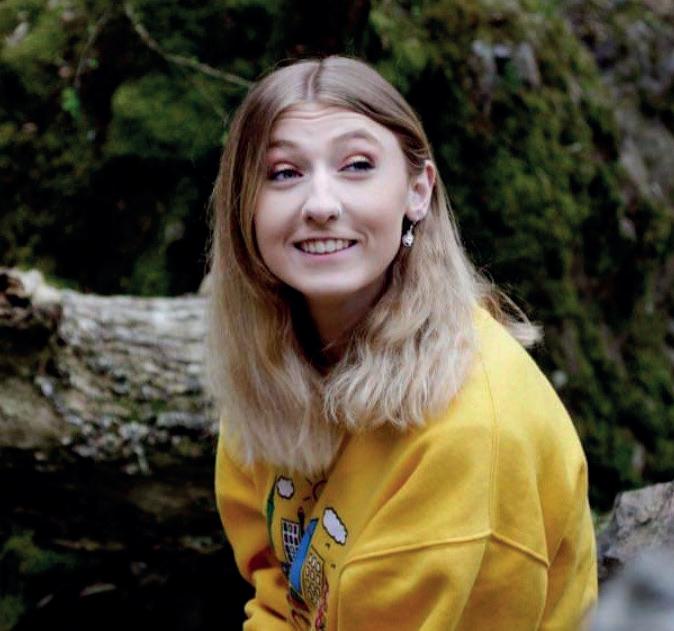
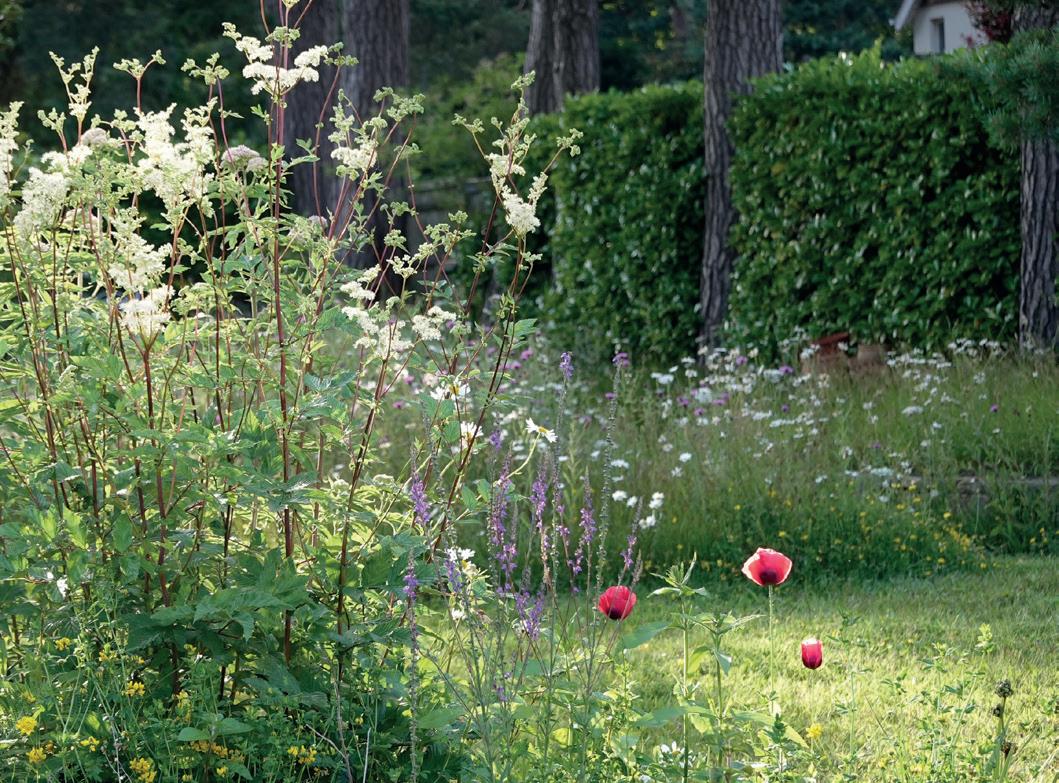


Steve – Wilder Gardens Champion
Wildlife gardening lets nature in
“One day I realised I didn’t have to go to a nature reserve to see lots of wildlife! By changing our garden, I thought that I could create the right conditions to enable more native species to thrive outside our back door. Ten years on and the results are fantastic! Wildlife gardening is de nitely a way to become more immediately intimate with the natural world. Plants, birds, bees, dragon ies, bats, fungi, frogs and newts all now live with us in greater numbers than before and it’s marvellous to watch. All you need to have is a basic design and nature lls in the gaps. By being a Wilder Gardens Champion, I hope to share the magic with others.”
Sarah – Wilder Community Leader Mathilde – Wilder Community Leader
We held competitions & nature swap events
“Wilder Hyde was formed in February 2020, when I approached some local friends and neighbours who are interested in nature conservation. What a year it’s been! We had our rst meeting in a local pub and decided on various projects we would like to tackle, plans that were soon put on hold or changed as the pandemic took over the world. During lockdown, we held wildlife competitions and nature swap events which were a great success! We also used the time at home to talk to our Councillors about planting trees and wild owers in the area, so when restrictions were eased we could get together and put the plans into action. Our group has evolved a lot over the last year, uctuating between bouts of activity and quieter times for planning. I can’t wait to see what 2021 has in store.”




“I love to engage with my Wilder Community by placing signs and other wilder signals on my doorstep. Inspired by whoever pulled out all our ‘weeds’ that were growing between the street and my front garden wall, I have replaced the emptiness with some soil and planted the seeds that were supposed to be bird food but germinated inside the bird feeder! I wrote a message on the wall for people to acknowledge that those ‘weeds’ are so important for pollinators. After a month, the plants have grown, and nobody has pulled them out yet!”

Georgina – Inspiring People Champion
Helping children connect with nature
Georgina is a recent Zoology with Conservation graduate and wildlife enthusiast and is supporting our Wilder Schools. “I joined the Team Wilder initiative with the hope to create and be a part of a wildlife friendly community. My vision particularly focuses on helping local children feel connected to wildlife by providing them with information, skills and tasks they can do at home with their parents.”
6 places to see blue bu erf lies


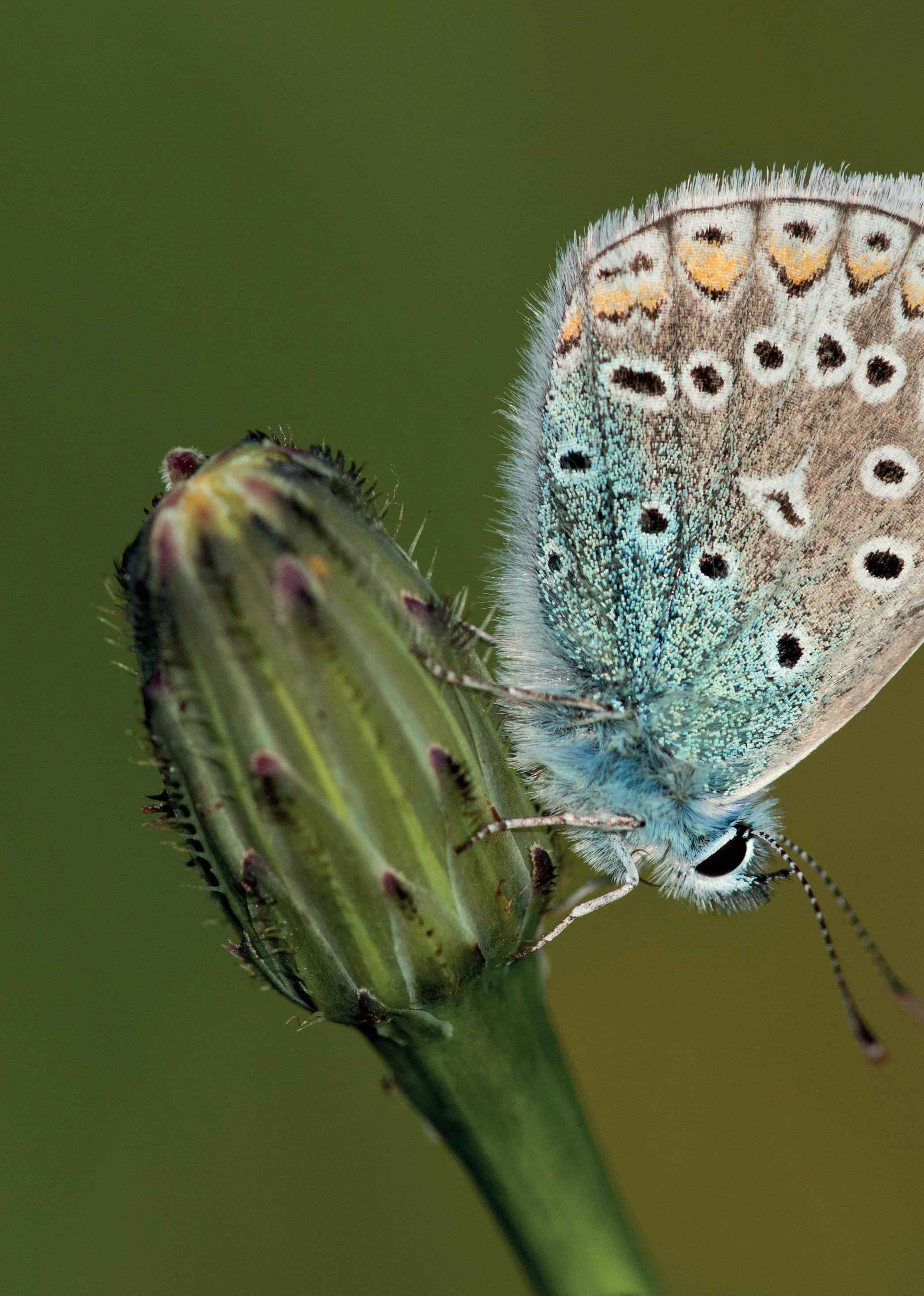
Common blue butter ies are found in grassy places across the UK.






